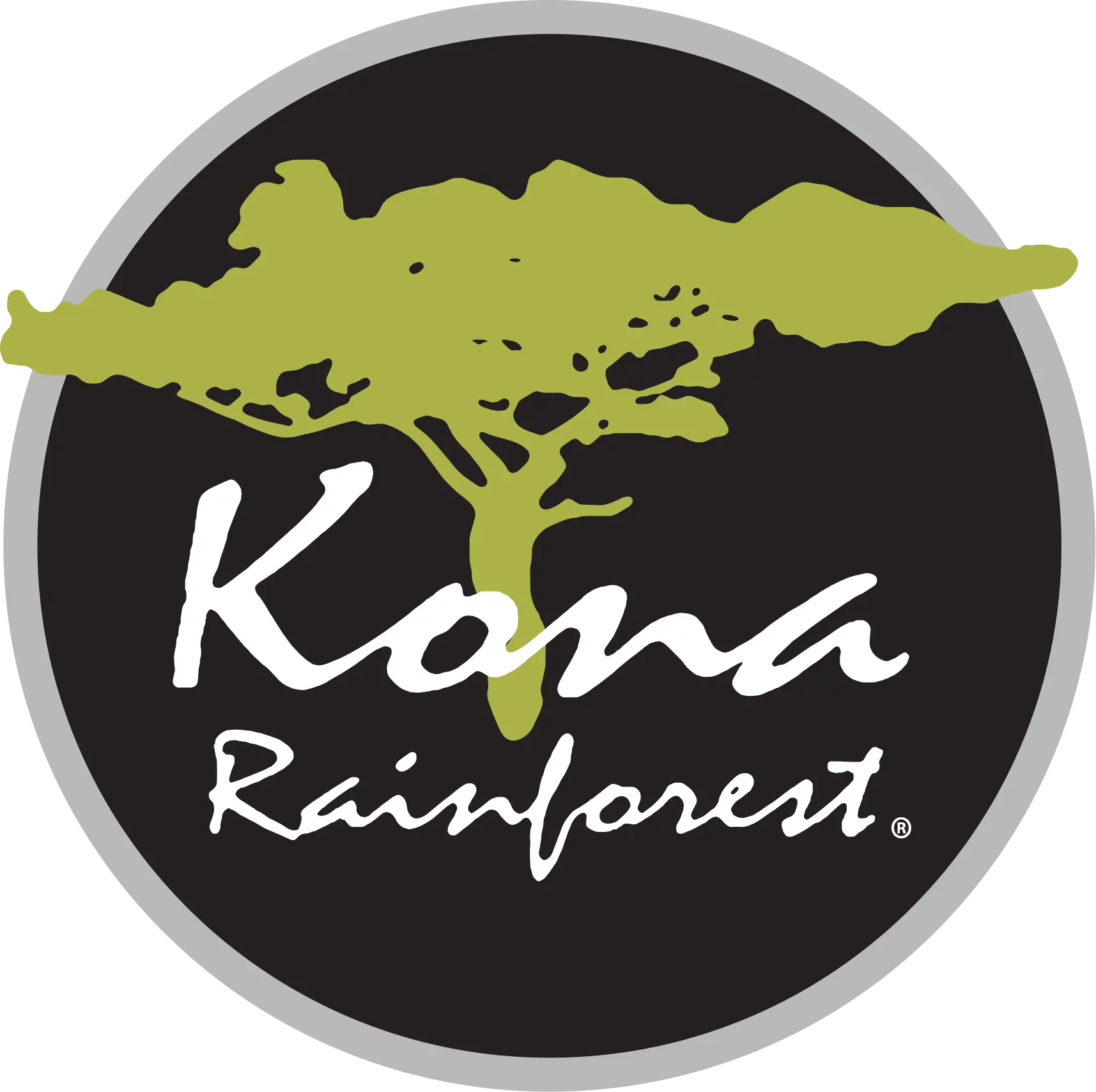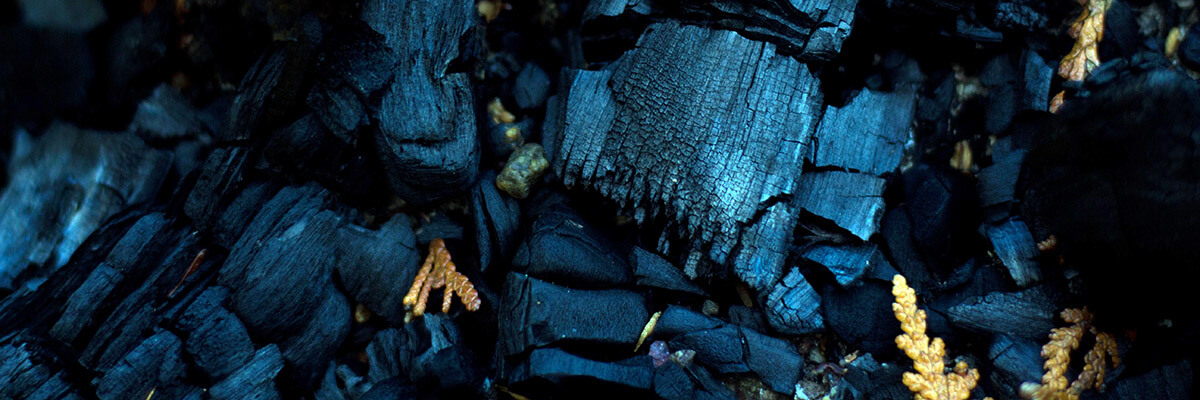An exciting potential solution to much of our Carbon negative goals, Biochar is a charcoal-like material that’s produced from various plant materials that are decomposed using high temperatures.
It can be used to capture carbon at an incredible rate, when amended to the soil it increases the fertility and retains more water by increasing the overall surface area. And the amazing thing is that it actually improves it’s effectiveness over time!
IPCC findings show promise
Compare that to Australia’s emissions last year—an estimated 499 million tons of carbon dioxide.
Kona Organic Rainforest Coffee has striven to lead in this latest technology—we were actually instrumental in bringing the first Biochar facility to the Island. We are currently using and eperimenting with various Biochar applications and look forward to updating everyone as we see benefits.
[/et_pb_text][et_pb_button button_url=”https://www.mawahocoffee.com/wp-content/uploads/2022/07/BioCharUT-whitepaper.pdf” url_new_window=”on” button_text=”Read a Biochar Whitepaper published by the University of Tennessee” _builder_version=”4.17.4″ _module_preset=”default” custom_margin=”||98px|||” global_colors_info=”{}”][/et_pb_button][/et_pb_column][/et_pb_row][/et_pb_section]


